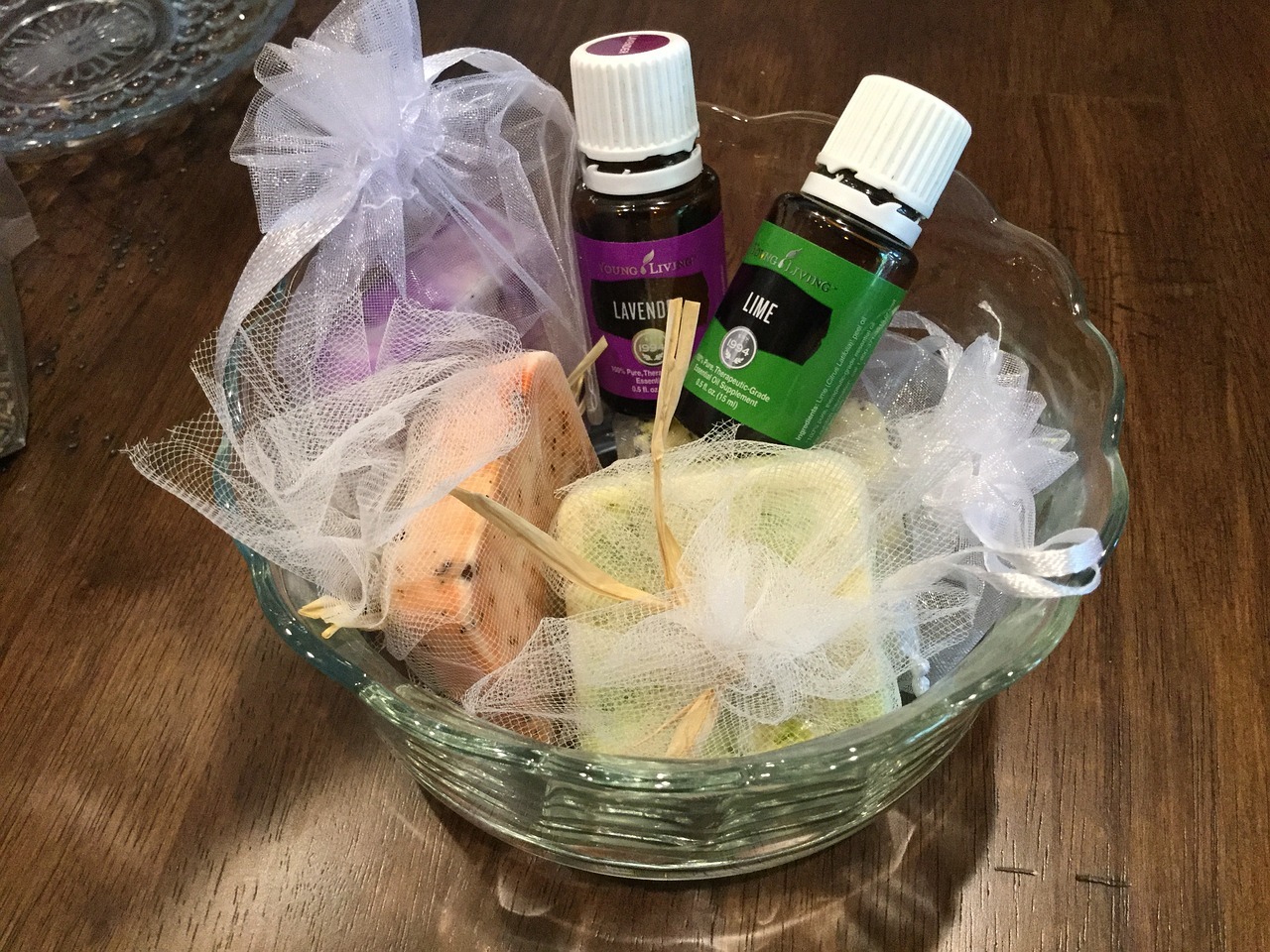Silent auction baskets are highly popular among nonprofit fundraisers. They offer a fun and straightforward way to gather donations by combining various smaller value items into a single package centered around an appealing theme. This approach helps capture the attention of potential bidders and entices them to participate in the auction.When it comes to silent auction baskets, there are several key things you should know:
Purpose: Silent auction baskets are curated collections of items or experiences that are put up for bidding in a silent auction. They are meant to attract bidders and generate revenue for a specific cause or event.
Theme: Choosing a theme for your silent auction baskets can make them more appealing and cohesive. Themes can be broad, such as “spa and relaxation,” or more specific, like “gourmet cooking.” A well-defined theme can help attract bidders who are interested in a particular category.
Donations: Silent auction baskets rely on donated items or services. Approach local businesses, community members, or sponsors to contribute items that align with your chosen theme. These donations can include products, gift certificates, experiences, or even exclusive services.
Value: Consider the overall value of the items in your silent auction basket. Aim to create baskets that have a perceived value higher than their bidding price, as this encourages more competitive bidding. Including high-quality items or exclusive experiences can help increase the perceived value.
Packaging: The presentation of your silent auction baskets is crucial. Invest in attractive and eye-catching packaging that complements the theme. This could include using baskets, gift boxes, or creative displays that make the items more visually appealing.
Descriptions: Clearly describe the contents of each basket using concise and engaging language. Highlight the key items or experiences included, as well as any unique features or benefits. Use simple and easy-to-understand language so that potential bidders can quickly grasp what the basket offers.
Display: Arrange your silent auction baskets in an organized and prominent display area. Make sure they are easily accessible for attendees to browse and examine the contents. Consider using signage or labels to indicate the basket numbers and provide any additional details.
Bidding process: Clearly explain the rules and procedures for bidding on the silent auction baskets. Provide bid sheets or forms where participants can write their bids. Include bidding increments and specify the closing time for the auction.
Promotion: To maximize interest and participation, promote your silent auction baskets through various channels. Utilize social media, event websites, newsletters, and word-of-mouth to generate buzz and attract potential bidders.
Follow-up: After the auction ends, promptly notify the winning bidders and arrange for the delivery or collection of their silent auction baskets. Express gratitude to all participants, donors, and volunteers involved in making the event a success.
As you see the process is not so easy, but fortunately you can use Silent Auction Software Solution for for аuction planning, bidding and more.
By keeping these points in mind, you can create appealing and successful silent auction baskets that generate excitement and increase bidding activity.
Here are some tips to create the best silent auction baskets that attract a lot of bids:
- Understand your audience: It’s important to know the demographics and interests of the people attending the auction so that you can curate baskets that appeal to them. This knowledge will help you approach local businesses for donations that align with the theme of your auction.
- Specify desired donation items: If you have specific items in mind for the baskets, clearly describe them in the emails you send out. You can use tools like Evite to create a list and ask participants to choose which items they will contribute. This ensures that there is no duplication of items. Some websites offer similar functionality.
- Delegate basket creation: Engage parents of school children to create baskets for their respective classes, allowing them to choose themes. This approach guarantees a diverse range of basket options for the auction.
- Pay attention to packaging: Ensure that the silent auction baskets are themed appropriately to attract the right audience. For example, you can tailor the baskets to suit different genders, age groups, or a specific concept.
- Manage the quantity: Avoid having too many baskets compared to the number of bidders. Instead, focus on a limited number of attractive and desirable baskets to encourage serious bidding.
- Set the right auction value: Keep the value of silent auction baskets between $50 and $100, with a maximum limit of $200. If you have numerous items, divide them into smaller baskets that fall within this value range.
- Provide clear descriptions: Write concise and clear descriptions for each basket item, using simple language, large fonts, and bullet points if necessary. This will ensure that everyone understands what each basket contains.
- Combine complementary items: Some items may perform better when grouped together in the same basket rather than being sold individually. Identify items that have a better chance of being chosen together and combine them accordingly.
- Set a minimum bid: Establish a minimum bid for each auction basket, which should be clearly stated as the first bid line on your bid documents. This helps to avoid extremely low bids. Start the bid at a price that is around 40% of the retail value of the basket and allow bid increments of approximately 10% of the basket’s value.
- Offer a Buy-It-Now option: Include an option on the bid sheet for serious bidders who want to purchase the basket immediately without competing against others. If someone indicates their interest and meets your asking price, they can acquire the basket right away.
For more silent auction basket ideas, check out here.
